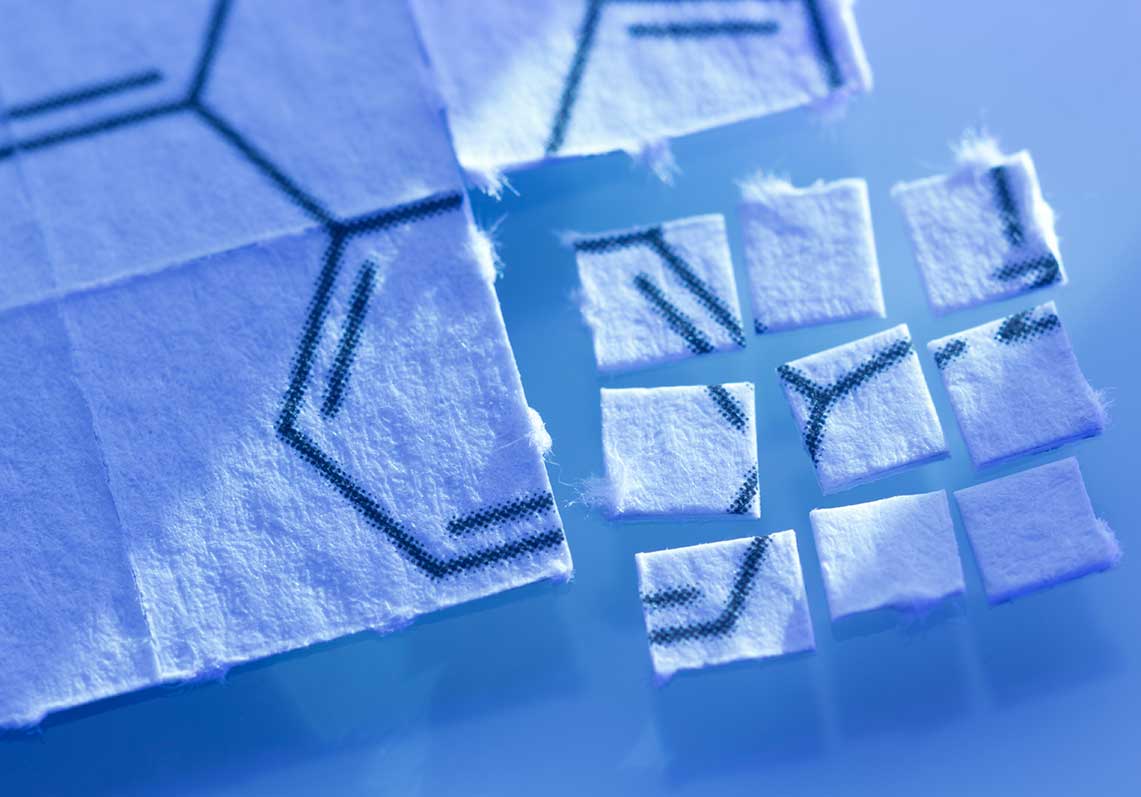What does the average high dose LSD journey look like from the perspective of a psychedelic integration coach?
We’ll explore what a typical high-dose session might look like for a psychedelic practitioner, detail the nuances of guiding an experience, and discuss ways to ensure the client gets the best results out of this nearly 12 hour experience.
Understanding the Individual
As with any transformative work, it’s all about the client’s comfort levels Ensuring they are in the right mindset and get the most from their experience is key.
Assessments are usually conducted before the experience begins, with the therapist considering the individual’s physical and mental health to ensure that they are ready.
Some of the questions that will be addressed include:
- Are they using any other drugs or medications that may interfere with the experience?
- Do they have any existing illnesses that may complicate their experience or increase the risk of adverse reactions?
- What are they hoping to achieve?
- Do they have any past or existing trauma that they want to work through?
- Are there any issues that might affect their journey?
Understanding Boundaries
Preparation is everything. After assessing the client’s condition and needs, the practitioner will establish boundaries and determine what the client is comfortable with. Physical touch—a hand on the shoulder, holding hands—may help to ground them during the experience, but the practitioner must obtain clear, informed consent for any physical contact before the journey begins.
Additionally, sitting with psychedelics such as LSD can bring a lot of past trauma and fears to the surface, so it’s important to discuss how they will be explored, including what emotional territory the client feels ready—and not ready—to explore.
Preparing for the Experience
As everyone’s journey with psychedelics is different, there is no way to predict the outcome. The psychedelic practitioner can inform the client about certain effects and ease their concerns while dealing with fears or expectations, but they can’t accurately predict exactly how the experience will unfold.
They can, however, discuss the procedure itself and talk about their involvement, while letting the client know that they will be in charge throughout and can dictate the direction and the practitioner’s level of involvement.
The practitioner can also prepare music and other stimuli to aid with the journey, ensuring those choices are in line with the client’s tastes. Music plays a very important role in psychedelic healing, and is something that has been discussed at length in the Third Wave Community, including these recommendations for psychedelic music and this post with member recommendations.
The Experience
Although experiences differ, the average high-dose LSD experience from the perspective of a psychedelic coach or practitioner may look something like this:
The First 30 Minutes
The earliest effects are usually felt within the first half hour, with the individual experiencing a sense of euphoria. It may begin much sooner than this, depending on their physiology and experience, with the early signs including a sense of anticipation, excitement, and nervousness as they feel a gradual change in their perception, mindset, and body. (1)
An Hour
The individual may experience an increased heart rate, a higher degree of euphoria, and more noticeable changes in perception and cognition. If there are any lingering nerves, this is when they may take hold, so it’s important for the therapist to support the individual and ensure their needs are met and they remain comfortable as the effects progress. (2)
Two Hours
By now, the experience is nearing its peak. Hallucinations may begin—seeing, hearing, and even tasting things that aren’t there. The walls of reality break down, and it becomes increasingly difficult for them to understand what’s real and what isn’t.
Three Hours
The experience peaks, and the individual may experience intense hallucinations. Mood swings are also common and can go either way, from emotive expressions of love and affection to frustration and anger. The practitioner must work with the individual to keep them grounded and stable as they work through this stage.
Ego death may occur. It describes a dissolution of the self and may come on gradually. Individuals often describe it as a slow process that begins when thoughts fade, panic sets in, and a disconnect occurs.
It can be scary, but this detachment from the “self” is what many high-dose LSD sitters seek, and it can take them to some eye-opening and insightful places.
Five Hours
The peak has passed, and the individual gradually regains control of their thoughts and senses and begins to connect more with their surroundings and their practitioner. This is usually where users experience their most heightened moments of introspection, as they can reflect on their journey and their discoveries and work with their practitioner or coach to integrate them.
Ten Hours
The intense visual distortions have dissipated. The individual has control over their thoughts and emotions and can spend more time in reflection. They may still experience some mild distortions and heightened emotions during a stage known as the “afterglow”.
The Integration Process
Once the experience ends, the integration process begins. The foundations are laid during the experience itself, with the therapist encouraging the individual to explore key emotions and memories before building on them during the integration phase.
There are several approaches to psychedelic integration, and a good practitioner will choose the most optimal approach based on the user’s mental state, experiences, and goals:
Journalling
The individual is encouraged to write about their experiences and discuss them with their practitioner. They should address their thoughts, emotions, and experiences, focusing on their insights—memories, reactions, feelings—as opposed to any physical changes.
Journalling usually begins immediately after the experience or toward the end when everything is fresh. The practitioner may ask questions to prompt the individual, including:
- What words best describe your experience?
- Did you notice any internal changes?
- Did you have any intense emotions or reactions?
- Did you feel like you let go of any emotions, memories, or preconceptions?
- What do you think needs to be addressed after the experience?
Somatics
Somatics focuses on the mind-body connection and can be especially supportive for clients whose experiences are more embodied in nature. Somatic approaches can include accessible practices like breathwork, yoga, and nature-based movement, as well as specialized modalities like Somatic Experiencing® or Hakomi, which require formal training and certification.
Nature-Based Practices
A nature-based experience connects the individual to the regenerative effects of nature. It can be as simple as a walk in the park, meditating in a forest or on a riverbank, or using natural materials—rocks, water, plants—as part of an internal experience.
Group Integration
Extroverted individuals may benefit from group integration, where they can discuss their experience with like-minded individuals. It’s a good chance for them to talk about and reflect on their experience while learning some valuable insights from others.
Art and Dance
Art can be a liberating way for someone to express themselves after a psychedelic journey. If their experience was more physically focused and they’re fit, able, and willing, they can also be encouraged to dance or express themselves in other artistic ways.
Conclusion: Guiding an Individual Through a High-Dose Experience
A high-dose LSD experience can be scary and insightful. It can lead to moments of panic and dissociation, as well as life-changing introspection. An experienced psychedelic integration coach can adequately prepare clients for this experience, create a comfortable setting, stabilize their emotions, and keep them grounded throughout while also encouraging them to explore themselves more deeply and reflect on their experience when it’s over.
To learn more about becoming a certified psychedelic therapist and help clients attain new dimensions in personal growth, check out these courses from the Psychedelic Coaching Institute.





